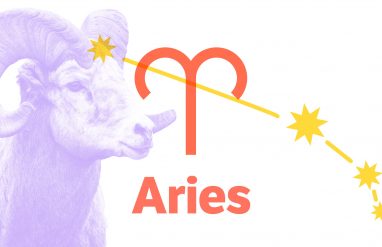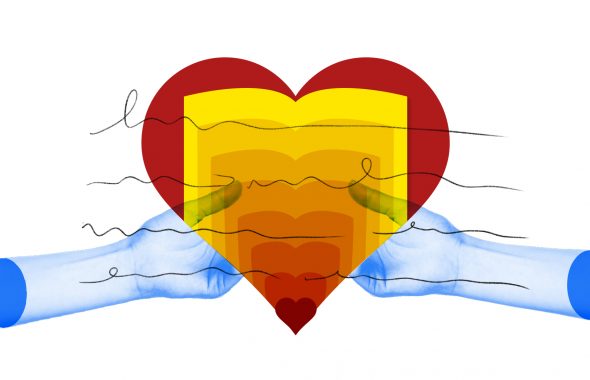Let's Play!
Tennis is a popular sport that’s fairly easy to learn. All you need is a racquet, a can of balls, and some sneakers. Well, if you want to look the part, maybe invest in a crocodile polo shirt. Here are some tennis terms you can impress your doubles opponents with after a tough three setter. By the way, the name “tennis” is derived from the Middle English tenetz; the imperative plural of tenir, or “to hold.”


























